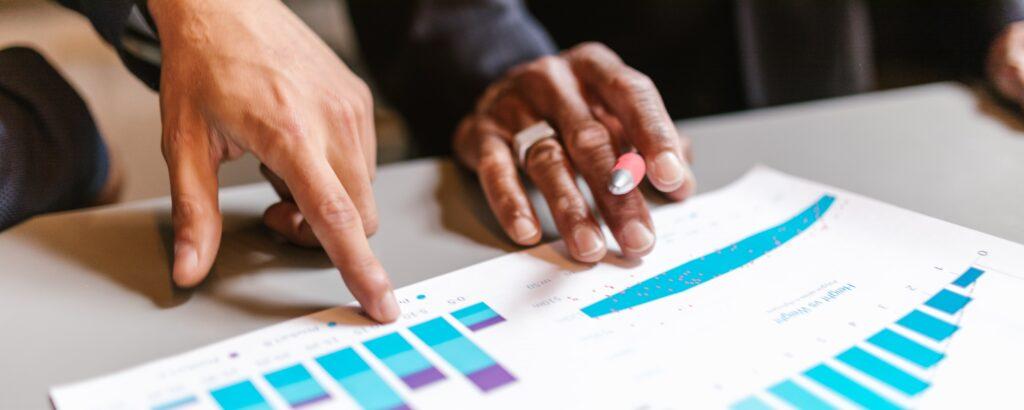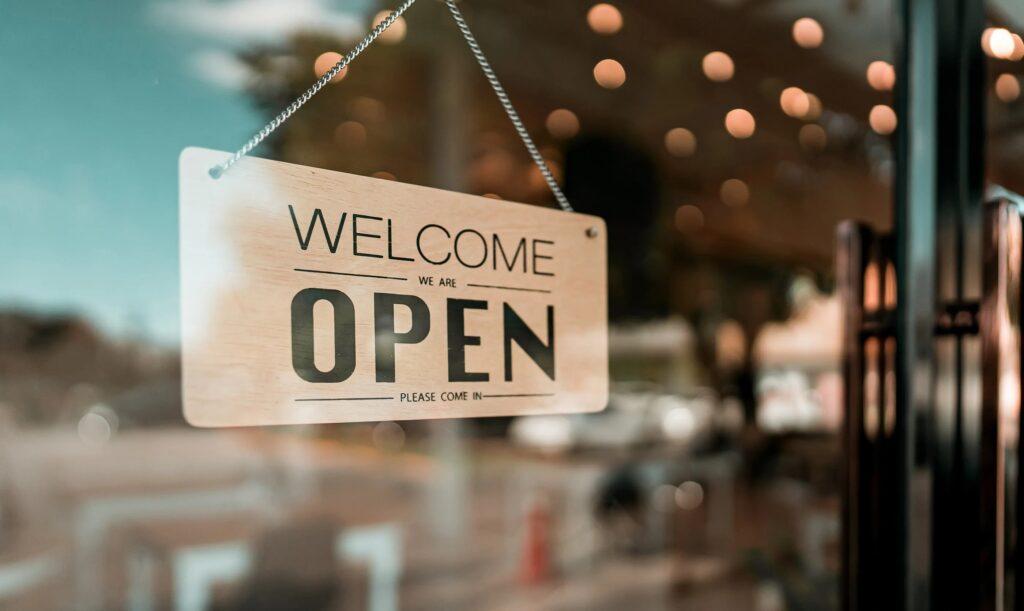The SBA 7(a) Loan Process
An in-depth overview of the SBA 7(a) loan process, including a step-by-step breakdown

SBA 7(a) loans are a great choice for prospective borrowers due to their accessibility, long repayment terms, and more. However, the process of getting one can be long and substantial, with most loans ranging from 45-90 days [See: How Long Does the SBA 7(a) Loan Process Take?]. The exact process can vary widely depending on the lender, specifics of the loan, and more. But generally, the 7(a) loan process has 16 steps, from needing a loan to the funds being disbursed.
Each of these steps has its own requirements and challenges. However, once you get through the loan process, you’ll have an SBA 7(a) loan, giving you the capital you need to make your business dreams a reality.
If you want an efficient, skilled lender to make the loan process easier, there’s no need to spend time and energy finding one yourself. 7aSavvy helps you start off the process right – just fill out our Get Connected form and we’ll match you with the best lender for your loan.
Here is an overview of the SBA 7(a) loan process, including each of the 16 steps in order. This process applies to standard 7(a) loans only, not 7(a) Express loans or any other type.
The SBA 7(a) Loan Process – Step By Step
Stage 1: Choosing a Lender
Step 1: Finding a Lender
The borrower starts the loan process by selecting a lender, which can be done through personally research, a lender matching tool, or a loan broker. Ideally, the lender will be experienced with SBA lending and a good match for the loan. This first step is the most important, as it sets the stage for the loan process and heavily impacts its speed and efficiency.
Step 2: Initial Consultation with Lender
The two parties meet (usually via phone call) to discuss the business and loan. For the lender, this conversation is a chance to learn about the borrower and business as they begin to decide whether to offer a loan (and on what terms). For the borrower, it’s an opportunity to explain the business and get a first look at potential loan terms, including interest rates and repayment expectations.
Stage 2: Pre-Qualification
Step 3: Initial Document Request
The lender requests a list of documents essential for evaluating the financial health of the borrower and business. These documents typically include financial statements, tax returns, legal documents, and more. Importantly, this is only the initial request – the lender will ask for more documents as needed throughout the loan process.
Step 4: Initial Document Gathering and Preparation
The borrower gathers and prepares the requested documents. Completeness and accuracy are vital, as these documents will form the basis of the lender’s evaluation. This can be one of the longest steps in the loan process [See: How Long Does the SBA 7(a) Loan Process Take?], so it’s key for the borrower to work quickly.
Step 5: Initial Document Submission
The borrower electronically submits all prepared documents to the lender, either through their secure portal or directly via email. This allows the lender to begin a preliminary assessment of the loan application. All requested documents must be submitted for the loan to move forward.
Step 6: Preliminary Underwriting
Using the submitted documents, the lender conducts a preliminary (or “lite”) underwriting to assess the feasibility of the loan. This involves evaluating the borrower’s creditworthiness, the business’s ability to repay the debt, and more.
Step 7: Pre-Qualification
The parties discuss the loan’s pre-qualification, offering a chance to address any concerns and negotiate loan terms. This discussion culminates in a conditional loan framework. However, final loan terms are still dependent on the results of the full underwriting process.
Stage 3: Underwriting and Approval
Step 8: Full Underwriting
The lender conducts a comprehensive review of the loan application, scrutinizing business financials, credit reports, and other documentation. This in-depth analysis assesses the loan’s risk and the borrower’s repayment ability. It’s a thorough process that forms the basis for the final loan decision. The lender and borrower are in close contact throughout this process, with the lender asking questions and requesting additional documents as needed.
Step 9: Loan Approval/Commitment Letter
The borrower receives a loan approval or commitment letter from the lender, signifying the loan application’s formal conditional approval. This document outlines the loan terms, including the interest rate, loan amount, down payment, and more, and includes conditions that must be met before the loan is finalized.
Stage 4: Closing
Step 10: Deposits
The borrower pays any necessary deposits. These deposits include the SBA packaging fee deposit and the cost of appraisals and other third-party reports.
Step 11: Third-Party Reports
Before closing the loan, lenders usually require third-party reports like property appraisals, environmental assessments, and business valuations. These reports independently assess the loan collateral’s value and ensure that there are no issues with the business or property.
Step 12: Closing Document Request
As the end of the loan process nears, the lender provides the borrower with a final checklist of documents needed to finalize the loan. These documents typically include licenses, SBA forms, insurance policies, and more.
Step 13: Closing Document Gathering and Preparation
The borrower gathers and prepares the requested documents. Completeness and accuracy are key, as these documents are necessary for the loan to close. This can be one of the longest steps in the loan process [See: How Long Does the SBA 7(a) Loan Process Take?], so it’s important for the borrower to work quickly.
Step 14: Closing Document Submission
The borrower electronically submits all prepared closing documents to the lender, either through their secure portal or directly via email. All documents must be submitted for the loan to move forward.
Step 15: Review and Approval of Closing Documents
The lender conducts a final review of the closing documents prepared by the borrower, ensuring all paperwork accurately reflects the agreed-upon terms and complies with SBA guidelines. Following this, the lender does a final review of the entire loan file. Lastly, the loan closing documents are prepared and a final closing date and time are set.
Step 16: Loan Closing and Disbursement
A closing meeting sees the loan completed, with both parties signing the final documents. Finally, the loan proceeds are disbursed, marking the end of the loan process and the beginning of the borrower’s new financial journey!

